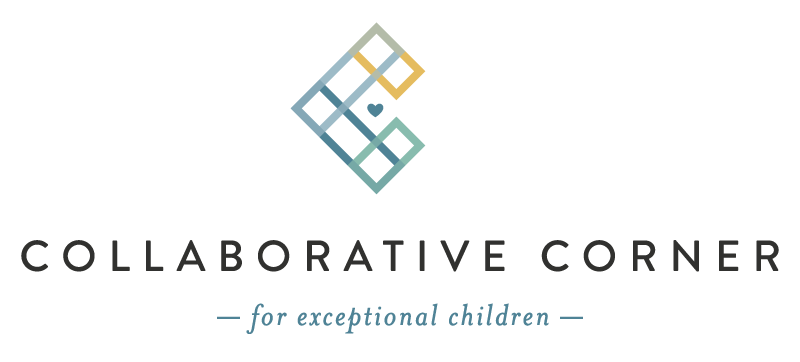Receptive vs. Expressive Language Skills: The First Year of Life
As your little one grows, their receptive and expressive language skills will emerge. What does this mean? Your baby will start working on their comprehension skills from day one. Whether from the familiar sounds of family members or the shaking of a rattle, comprehension skills begin to develop early on. Simultaneously, your child’s expressive language skills are (should be) developing.
What should your child be understanding and expressing in the first year of life?
According to the American Speech-Language Hearing Association, there are developmental milestones that your child should meet:
0-3 Months
Startles to loud sounds (door slamming, knocking)
Quiets or smiles when you talk
Appears to recognize your voice (able to be calmed by your voice)
Produces cooing sounds
Cries for a variety of different needs (hungry, tired, needs changed)
Begins to smile at people
4-6 Months
Move their eyes in the direction of sound
Responds to changes in tone of voice
Notices toys that make sounds
Pays attention to music
Coos / babbles when playing alone or with others
Produces babbling sounds (including consonant sounds p, b, m)
Giggles and laughs
Makes a variety of sounds when happy / sad
7months – One year
Alerts / turns to the direction of sounds
Looks when you point to show an object
Responds to name via head turn
Understands labels for common objects/people (toys, family members, etc)
Participates in toddler games such as peekaboo and patty cake
Enjoys listening to songs
Attends to stories for a small period of time (1-2 minutes)
Babbles with consonant vowel combinations
Produces sounds paired with gestures to gain attention
Points / shows objects to others in order to comment
Waves hi and bye, reaches for “up” and shakes head no
Imitates a variety of sounds
Begins to say their first words (usually single syllable)
What can you do to help them with their skills?
Ensure that your child can hear. A formal audiology assessment is always recommended in order to rule out hearing loss, fluid, or wax in the ears
Be purposeful about responding to your child’s sounds
Imitate their facial expressions, babbling, and laughter
Teach environmental sounds early on (moo, quack, woof, beep beep, vroom vroom, etc)
Ensure that you narrate your environment throughout your activities of daily living
Read often. You can help your child point to the objects you name
If your child is already a year old and appears to be behind on these milestones, it is recommended that you speak to your child’s pediatrician. A referral to a speech-language pathologist may be warranted at this time.
Should you have any questions, please feel free to reach out to our speech-language pathologist on our Panel, free of charge.
Alyssa Bloxam, M.A., CCC-SLP
Pediatric Speech-Language Pathologist
alyssa@collaborativecorner.org

